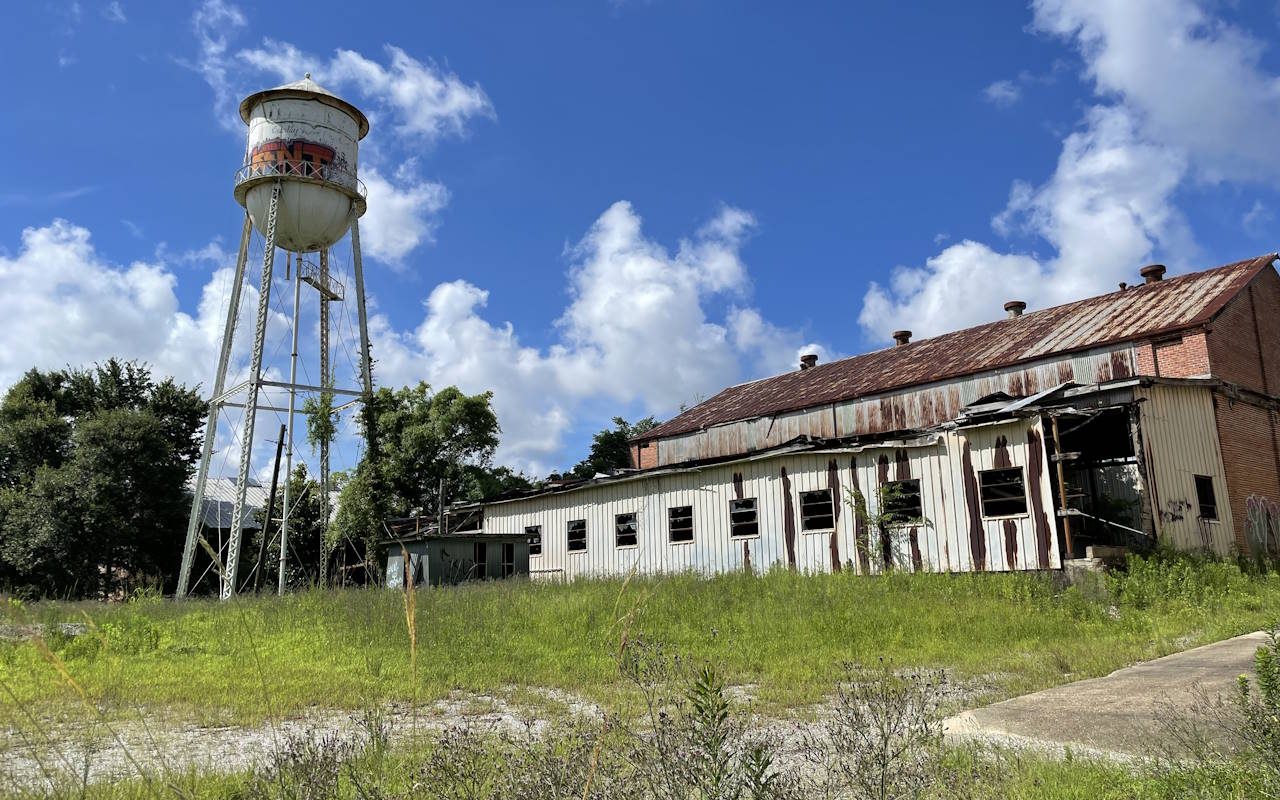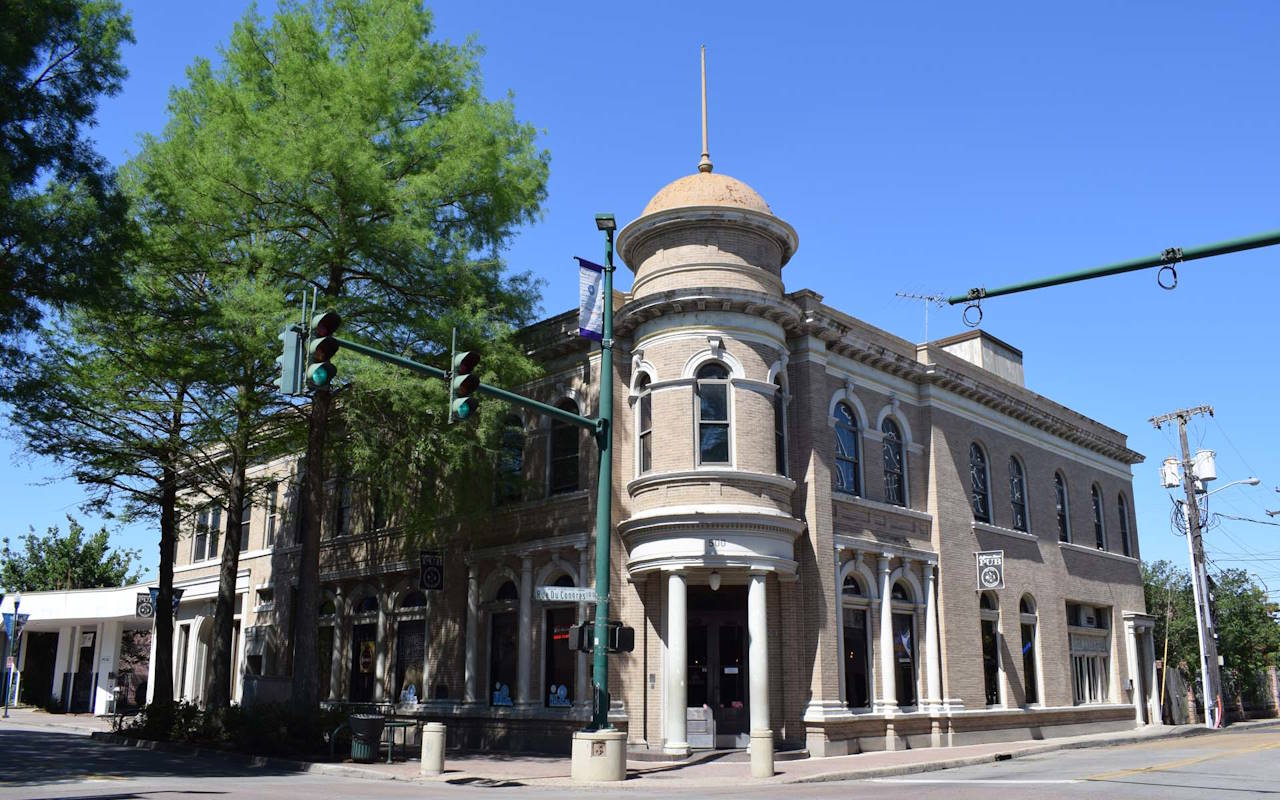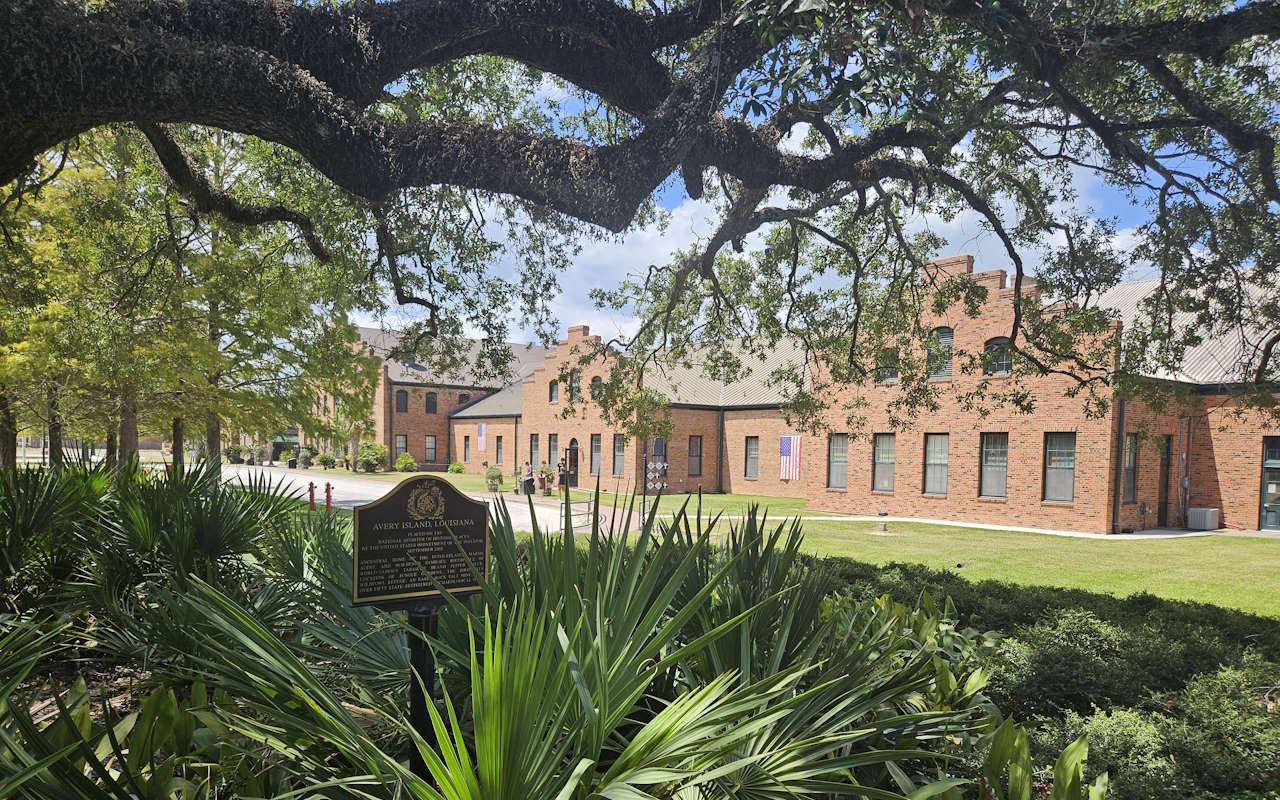| Eligibility and Benefits | Process and Forms | Nomination Packet |
| Historic Contexts | Review Committee | Database |
Video Series on the National Register of Historic Places
The National Trust for Historic Preservation's PreservationNation blog has recently started a video series on the National Register of Historic Places. Each video is 2-3 minutes long and super informative about many aspects of the National Register program. These are an AMAZING resource for us all and they are a great resource to introduce anyone to the National Register of Historic Places. Check them out and enjoy! ↓ See more.
"Episode 2: The Function of the National Register"
"Episode 3: National Register Restrictions Explained"
"Episode 4: Why Should I List a Property?"
"Episode 5: Basics of the Nomination Form"
"Episode 6: The Statement of Significance"
"Episode 7: Establishing Significance"
"Episode 8: Criteria and Areas of Significance"
"Episode 9: Evaluating Historic Integrity"
"Episode 10: Your State as a Resource"
"Episode 11: Additional Nomination Resources."
"Episode 12: Standard Reference Materials."
"Episode 13: Who Officially Nominates a Property?"
"Appendix A: The Evolution of Historic Significance."
"Appendix B: Opposition to a Nomination."
"Appendix C: Amending an Existing Nomination."
"Appendix D: Common Nomination Errors."
"Appendix E: National Register vs. National Historic Landmark Designations."
The star of these new videos is Louisiana's former Federal reviewer, James Gabbert.
National Register Eligibility -- Information on what makes a historic resource eligible for listing. ↓ See more.
The National Register recognizes five basic types of historic properties:
- Historic buildings such as plantation houses, courthouses or log cabins
- Historic structures such as bridges, lighthouses or forts
- Historic districts such as residential or commercial neighborhoods
- Historic sites such as battlefields or Indian mounds
- Historic objects such as steamboats or fire engines
To qualify for the Register, a property must be:
- At least 50 years of age and retain enough of its original architectural design and materials to properly reflect its reason for and period of significance.
- A property must be significant for one or more of the following criteria/reasons
- Association with a significant event or pattern of events in local, state, or national history
- Association with the lives of persons significant in our past whose contributions strongly impacted local, state, or national history and can be identified and documented
- Embodies the distinctive characteristics of a type, period, or method of construction or represents the work of a master, or possesses high artistic values, or represents a significant and distinguishable entity whose components may lack individual distinction
- Archaeological potential to yield information important in prehistory or history.
Generally, properties are not placed on the Register if they are less than 50 years old; if the period of their historical significance is less than 50 years old; or if they have been significantly altered.
Benefits of National Register Listing ↓ See more.
Honor:
It is a great honor for a property to be listed on the prestigious National Register of Historic Places. This status can be very useful in helping to save historic buildings and sites because people typically hold Register properties in high regard and think twice about insensitive alteration and demolition.
Protection:
The National Register program also provides a measure of protection from federally assisted projects. For more information, visit the Advisory Council on Historic Preservation’s web site. http://www.achp.gov
Financial:
Financial incentive programs available for National Register-listed properties in Louisiana include:
- Federal and State Tax Incentives
- Restoration Tax Abatement Program: A state property tax relief program available for renovating owner-occupied homes as well as income-producing properties. The Louisiana Division of Historic Preservation does not administer this program. For information, contact:
Business Incentives Division
Office of Business Development
Department of Economic Development
P.O. Box 94185
Baton Rouge, LA 70804-9185
Phone: (225) 342-5402
Please Note:
Listing in the National Register does not, in and of itself, constitute approval for other historic preservation programs administered by the Division of Historic Preservation. These programs include:
- Louisiana Main Street Program
- Certified Local Government Program
- Federal and State Tax Credit Incentive Program
- Tax Abatement Program
- Section 106 Environmental Review
- Survey and Planning Grants
Separate application and review processes are required for each. If you need assistance with these programs, please use the links above or contact the Division at the address and telephone number listed on this site.
National Register 101 -- Short articles discussing the basics of National Register Listings ↓ See more.
National Register Facts and Myths -- What National Register listing actually means ↓ See more.
What the National Register DOES
- PROVIDES recognition of a property's significance in history, architecture, archaeology, or engineering.
- PROVIDES a moral obligation, although not a legal one, to preserve the property.
- PROVIDES limited protection when a property is endangered by a federally funded or licensed action. The following web site provides more information about this process: https://www.achp.gov/protecting-historic-properties.
- PROVIDES the owner of an income producing property (commercial or rental residential) the opportunity to apply for Federal Rehabilitation Tax Credits for a "Certified Rehabilitation."
- PROVIDES the owner the opportunity to apply for the Louisiana Department of Economic Development's Restoration Tax Abatement Program.
- PROVIDES the owner the opportunity to apply for matching grants-in-aid for restoration/rehabilitation (when funding is available).
What the National Register DOES NOT do
- DOES NOT restrict the use of the property. (For example, an owner can continue to live in a listed house, convert a listed property to another use, continue to farm ground where a listed archaeological site may be located, conduct new construction on the site, etc.)
- DOES NOT restrict the sale of a property; unless under the jurisdiction of a federal agency.
- DOES NOT require continued maintenance of private property.
- DOES NOT require that any specific guidelines be followed in a rehabilitation (unless the owner is using federal funds or rehabilitation tax credits). For example, the owner of a listed property may paint his building any color he chooses.
- DOES NOT require the owner to give tours of the property or open it to the public.
- DOES NOT guarantee funds for restoration.
- DOES NOT require or guarantee perpetual maintenance of the property.
- DOES NOT provide a National Register plaque or a state historic marker for the property (although property owners are eligible to acquire such markers at their own expense).
Consultant List -- List of Qualified Historic Preservation Consultants ↓ See more.
Plaque Information -- List of National Register Plaque Manufacturers ↓ See more.
For more information contact |
|
| Mailing Address | P.O. Box 44247 Baton Rouge LA 70804 |
| Phone: | (225) 219-4595 |
| Fax: | (225) 219-9772 |
| Email: | bhall@crt.la.gov |






